Delphi murder suspect Richard Allen’s stepfather heard snoring in court as defense attempts to debunk evidence
Richard Allen’s stepfather struggled to keep his eyes open and was heard snoring in court as lawyers tried to discredit the state’s evidence.
Lawyers for Allen on Friday dismissed the only piece of evidence that places Allen at the scene of the brutal murders of Liberty German and Abigail William as junk science.
Jurors in Delphi sat through seven and a half hours of extensive testimony from forensic firearms examiner Melissa Oberg as the state tried to convince them that an unspent cartridge found between the bodies of the two girls had been “cycled through a gun” that was five years old. ago had been seized from Allen’s home. later.
While the often complex, technical testimony imposed on the audience struggled to keep them alert, Allen’s stepfather was also found snoring as he fell asleep. He was shaken awake, but his eyes were soon closed again.
The traces found on a bullet cartridge taken at the scene are unique identifiers that connect it to a gun found in Allen’s home when it was searched in October 2022.
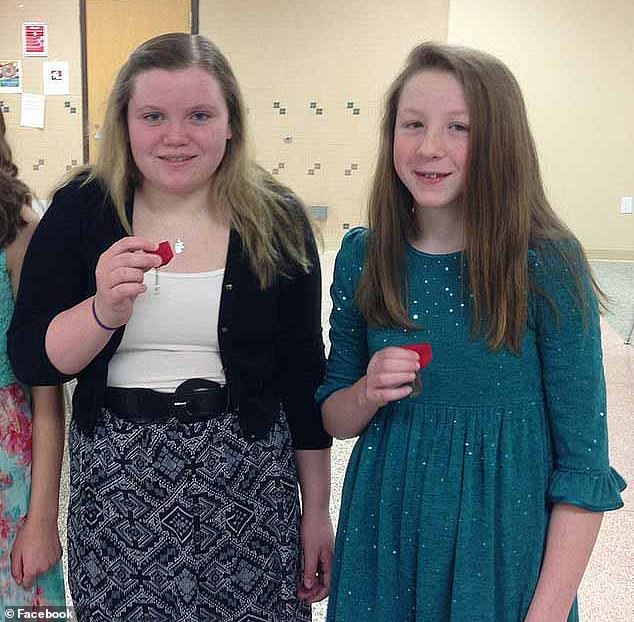
Libby, 14, and Abby, 13, were murdered outside their hometown of Delphi, Indiana, in February 2017
Allen, 52, faces a maximum of 130 years in prison if convicted of all four counts with which he is accused.
He has been charged with two counts of murder and two counts of murder, murder committed during another crime – in this case, kidnapping – in connection with the murders of Libby, 14, and Abby, 13, who were killed on February 13. 2017.
A single cartridge, found in the dirt and leaves in the woods where the girls were murdered and abandoned, is the only government evidence linking Allen to the scene of the crime. testimony.
According to Oberg, individual features in the form of grooves and impression marks found on the unused Winchester 40-caliber Smith & Weston cartridge taken at the scene are positive evidence that it was cycled through the Sig Sauer found in Allen’s home. found when it was searched in October 2022. .
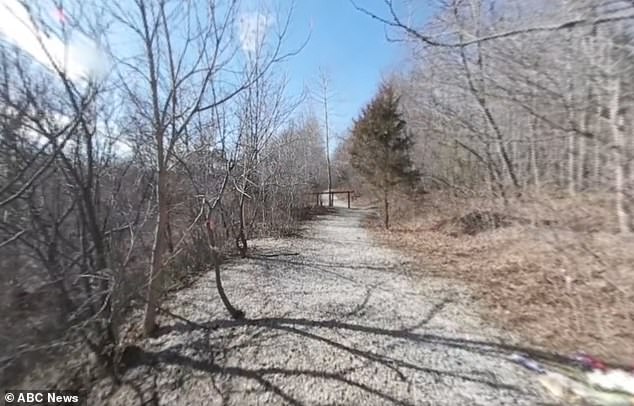
The path in Delphi, Indiana, where Abby Williams, 13, and Libby German, 14, were murdered on February 13, 2017

Experts admitted that after testing they were unable to recreate the same cartridge traces on site, while the defense argued that their search for a match meant they simply tested until they got one.
A similar cartridge, the jury heard yesterday, was found in a “keep sake” or “hope box” in Allen’s closet in the master bedroom of his Delphi home.
It was found alongside wristbands, letters and souvenirs that investigators said appeared to have emotional significance. It hadn’t cycled through his gun.
According to the state, trace marks found on the cartridge taken at the scene uniquely identify it to Allen’s gun.
Oberg stood on the stand for almost four hours during the direct examination and the same applies again to the cross-examination.
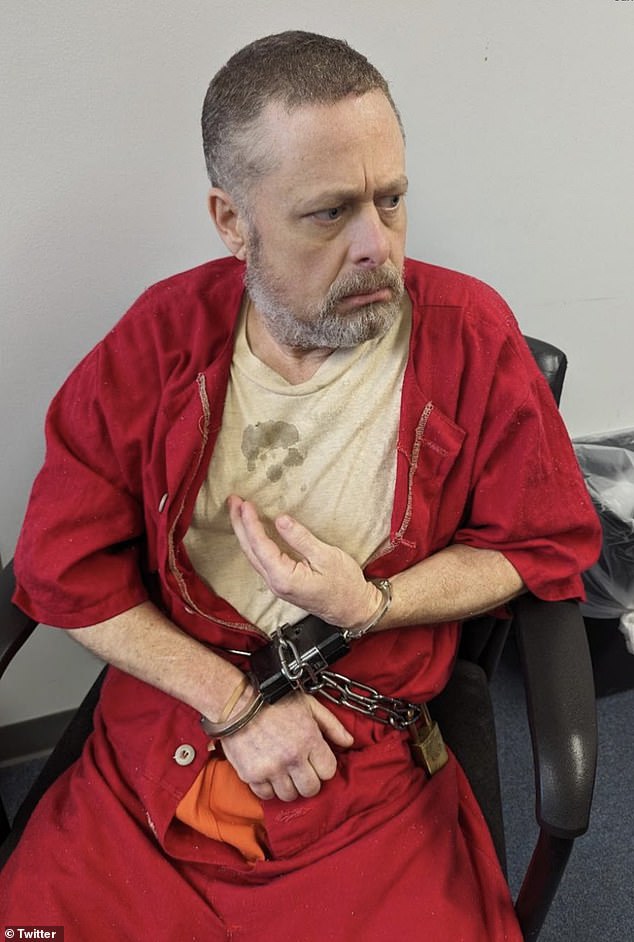
You could hear Allen’s father-in-law snoring. He was shaken awake, but his eyes were soon closed again
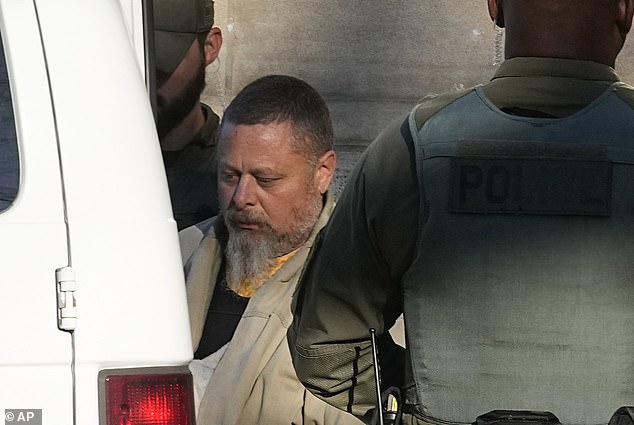
The prosecution had difficulty getting the witnesses to clearly identify that Allen was on the trail of the suspicious man
This afternoon, under intense cross-examination by Bradley Rozzi, Oberg was forced to admit that she had failed to rule out other weapons that had been tested over the years – although she insisted that if she had had Allen’s gun, the positive identification would have enabled her to give. rather convincing findings.
She also accepted that she had failed to reproduce the traces found on the crime scene cartridge in six test cartridges cycled through Allen’s gun alone, and that the identifying comparison had instead been made with four cartridges cycled through Allen’s gun had actually been fired.
Oberg insisted that the only difference between the two processes was pressure, with firing producing more visible tool marks: the lines, scissors, and particles left behind by the internal workings of the gun’s ejector, extractor, and barrel.
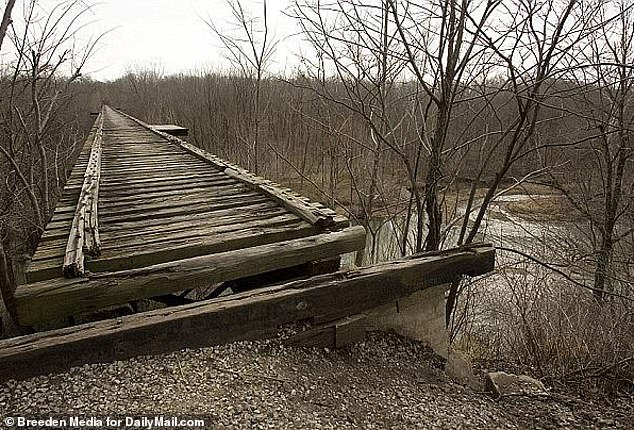
The abandoned Monon High Bridge outside Delphi, Indiana, where Abby and Libby were murdered
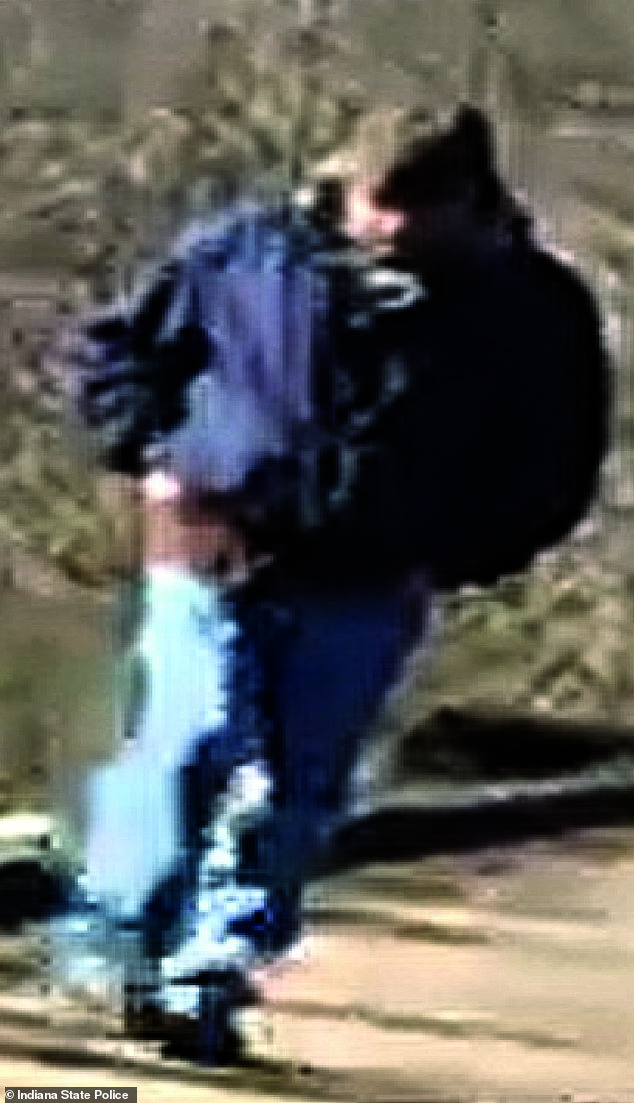
Eyewitness Sarah Carbaugh told the court she saw a “bloody and muddy” man matching Bridge Guy’s description walking away from the Monon High Bridge trail around 4 p.m. on the day the girls went missing.
But Rozzi argued that as a “state-appointed forensic expert,” she was comparing “apples and oranges,” suggesting the state was so determined to find a match that they simply ran tests until they got one.
Oberg withdrew, but was forced to admit that the findings of her analysis were “subjective in nature.”
“Exactly,” Rozzi finished. “And that’s where the battle lines are drawn between people who believe in your industry and people who don’t.”
